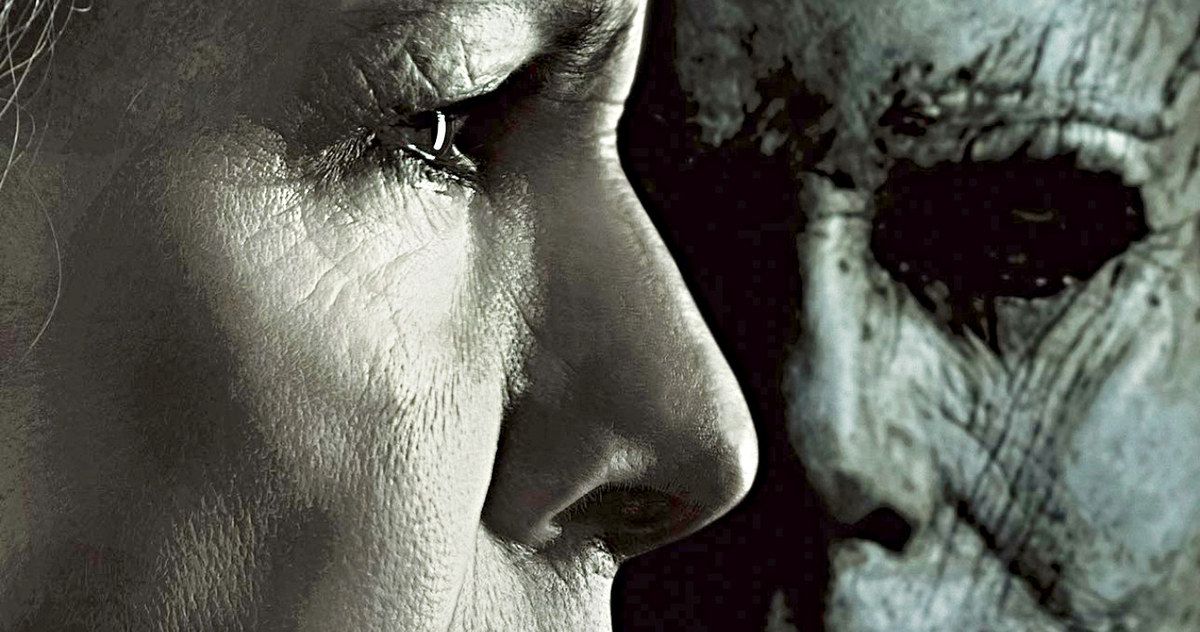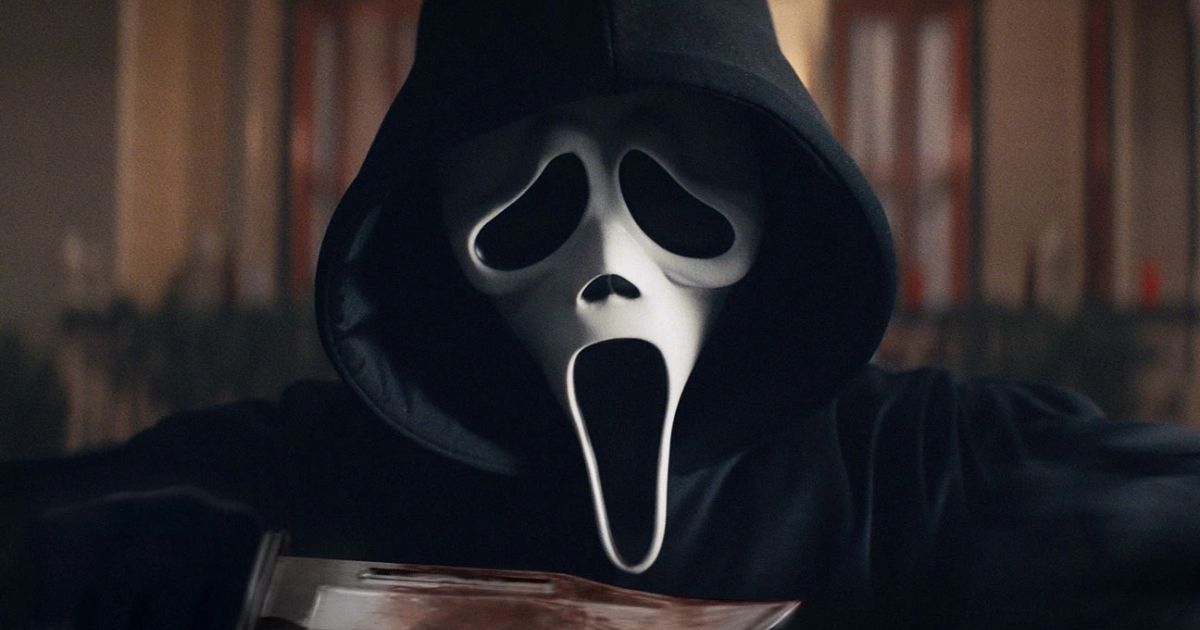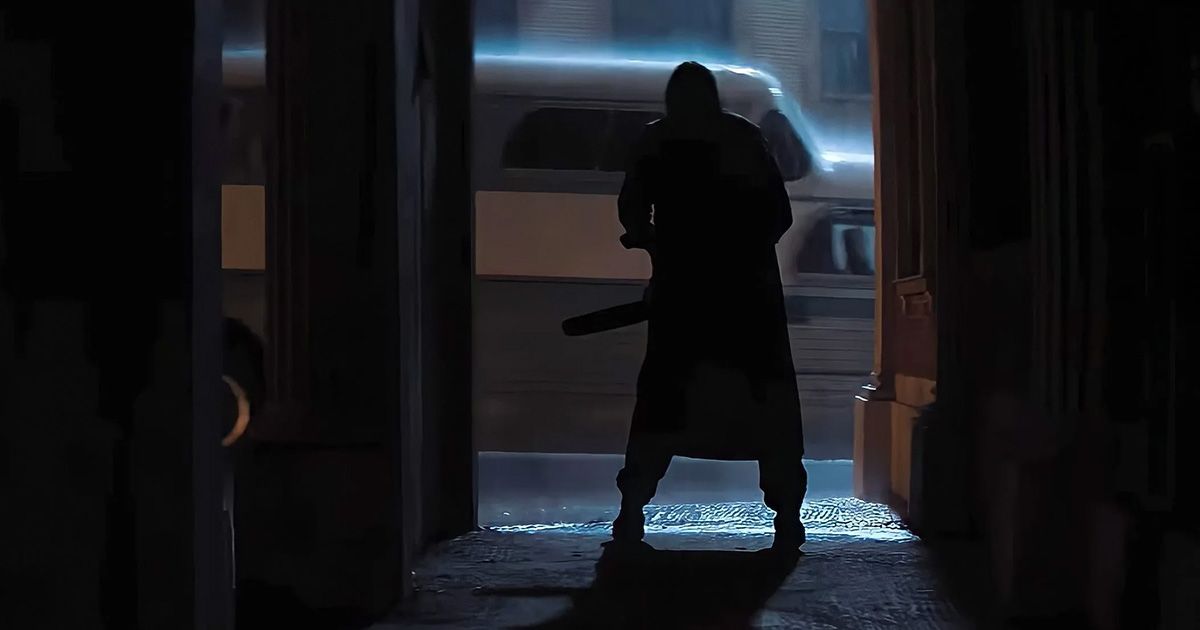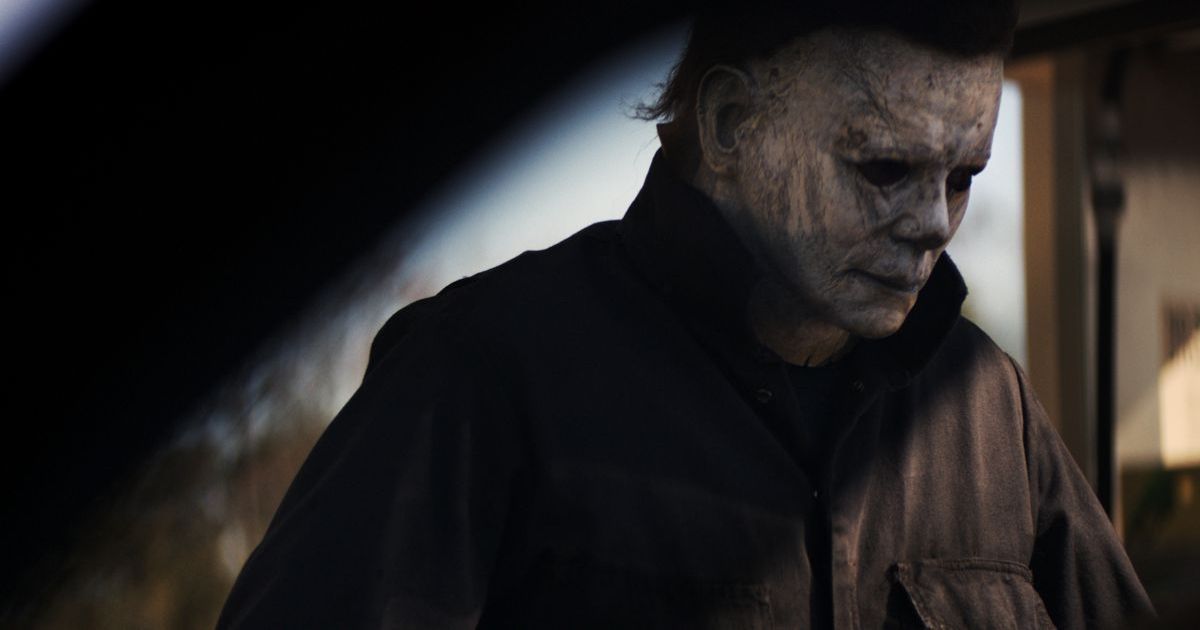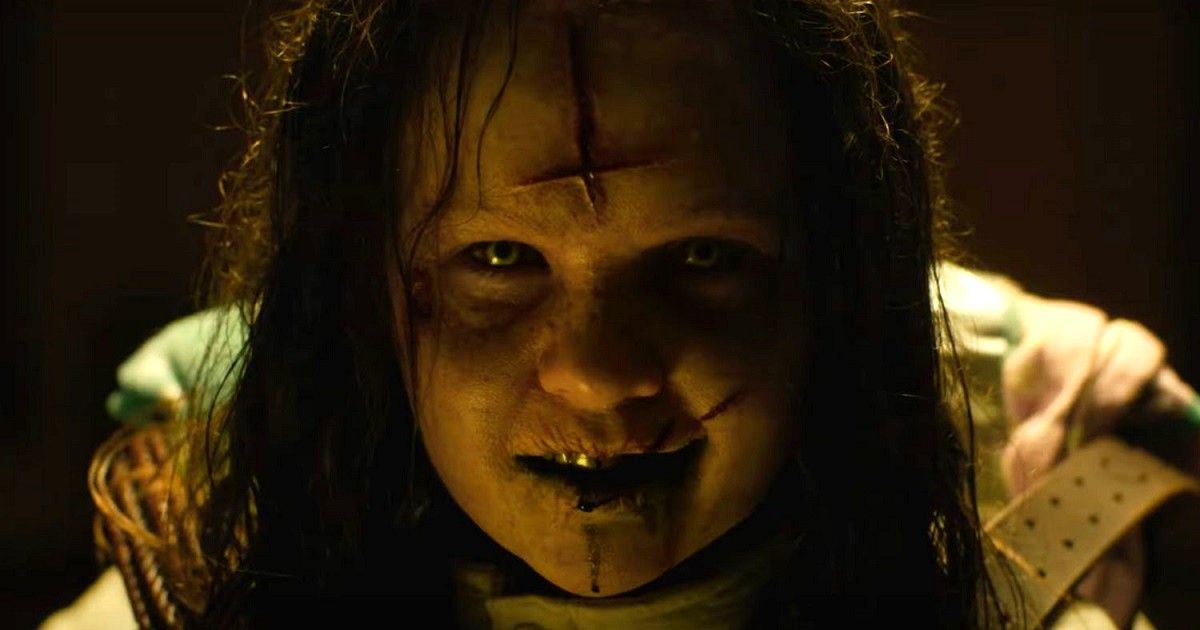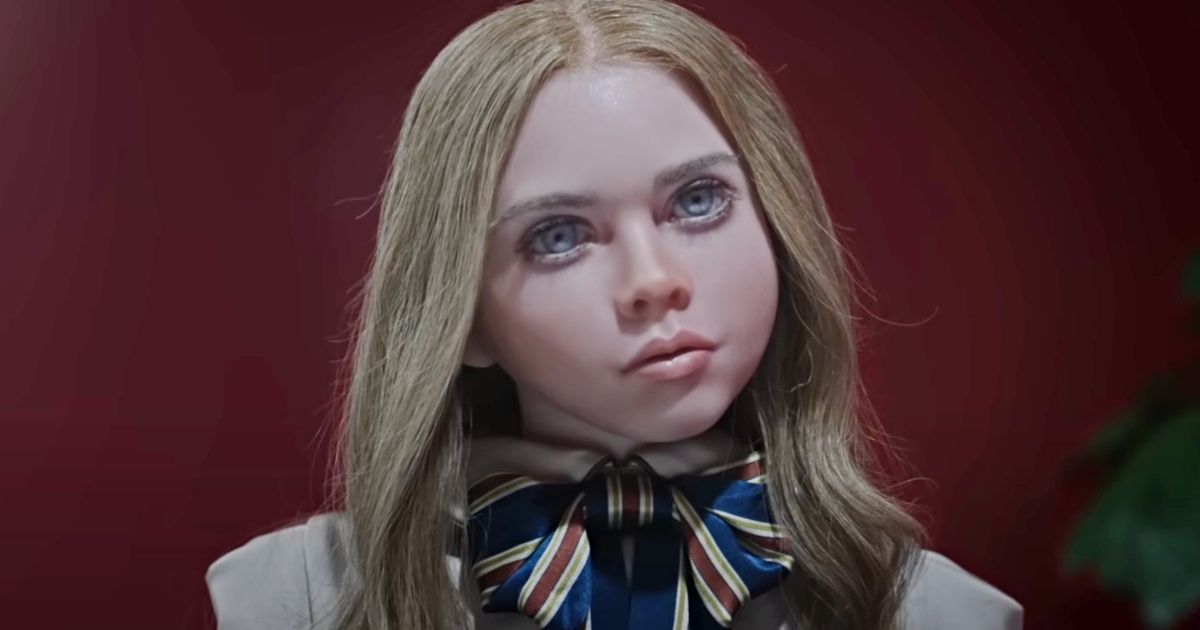One can argue that horror movies are the most mainstream they've been since the '80s. The classic horror movie icons of decades past have inspired a new generation of filmmakers to showcase their macabre and twisted tales. There are plenty of original scary movies, both indie and big-budget, that prove the genre is going to stick around for a long time. During the last decade, Hollywood has capitalized on the popularity of horror and its icons by legacy sequels: movies that continue the story of classic horror films, oftentimes with one or more actor reprising their role.
The obvious reason these types of scary movies are so popular right now is money, but there could be more interesting explanations, regardless of who observes the phenomenon. For faithful fans, the films will be an opportunity to revisit their favorite character, while for other members of the audience, they will be cash grabs. The future of horror movies seems bright to many. While it seems as if nothing original is coming out, a cursory look at VOD services, straight-to-video releases, and streaming services shows the opposite.
Completely original films are being released on streaming services and other means, as well as theatrically. They tend to be successful, but they represent risks nonetheless. Studios will always prefer to use a familiar IP because what was successful in the past will surely bring big bucks today. In any case, what will survive the test of time is the business model that made horror huge in the past and still regards it as the most popular film genre today.
Update September 28, 2023: In honor of the upcoming release of The Exorcist: Believer, this article has been updated with more material including why audiences prefer legacy sequels to remakes.
Nostalgia Is Profitable
The most obvious reason these fancy returns are being made is that they are profitable right now. Take a look at the various eras of horror. More often than not, the movies of each period reflect the society of the time in some way. In the '50s, science fiction and alien invader movies reflected the fears of the Cold War. In the '70s and '80s, serial killers were receiving more media coverage than ever before, so the slasher genre reigned supreme. Nowadays, there are two main types of scary movies reflecting society. Films such as Get Out reflect the racial and political issues plaguing the country.
The other is because those who grew up during the '70s onward are growing nostalgic. There was once a time when horror legends such as Michael Myers and Freddy Krueger had new movies hitting the big screen constantly. This nostalgia is the driving force behind legacy sequels. Seeing not only these baddies return, but usually, some survivors returning in some capacity as well, allows fans to relive the glory days of when a slasher icon got a new movie every year.
A film bearing the name Halloween or Texas Chainsaw Massacre will likely make some money based on brand recognition alone, and that is what studios are looking for. While these movies are, for the most part, pretty well received, the box-office returns are what is fueling them from a studio standpoint.
But what about from an audience standpoint? The reason these movies initially fizzled out is due mostly in part to audiences growing tired of seeing the same characters return without a tangible reason. Newer and more innovative movies were being released, while franchises like A Nightmare on Elm Street were basically doing the same thing with each sequel. This leads to another reason legacy sequels are popular now: these classic franchises are forced to do new things.
Resurrection
As stated before, new and innovative horror movies were the wooden stakes to classic horror franchises. The issue is, nowadays, newer and even more innovative movies are being released that are "elevating horror" to heights it has never received. Un-franchised horror just runs on a different bloodline that, yes, has the potential to become iconic and classic, but they won't follow the business model, leaving them out of the conversation.
2018's Halloween was a nostalgic thrill ride that seemed like a basic sequel on the surface. Michael escapes and causes mayhem while Jamie Lee Curtis tries to stop him. There is the familiarity. Laurie has ruined her life over the trauma she endured that fateful night in 1978. The film shows her desperate to fix her damaged psyche and reconnect with her daughter and granddaughter. This builds the stakes even higher when Michael escapes. The biggest alteration is retconning the fact Laurie and Michael are related. This change and the focus on the Strode women is what made the film stand out among the newer movies released at the time.
This take was so successful, it has even been copied. Netflix's Texas Chainsaw Massacre seems to take several pages from the book 2018's Halloween wrote. While this could be seen as lazy, all this actually means is Halloween opened the door wide open for franchises to return. Texas Chainsaw Massacre copying Halloween is just history repeating itself, only the Netflix film didn't quite do a good job out of bringing back a classic character.
Seeing a new take on tired franchises is a huge reason fans remain excited to see their favorite scary movies return, although there could be another subconscious reason they may not realize.
Why Legacy Sequels Are More Popular Than Remakes
It is worth noting that audiences got to see many of their favorites reimagined before. The remake craze of the 2000s seemed to be going strong for a couple of years there but then vanished. Films like The Texas Chainsaw Massacre, Rob Zombie's Halloween, and the Friday the 13th reboot were big hits. Yet by 2011, the remake craze died down following the disappointments of A Nightmare on Elm Street, Fright Night, and The Thing. Obviously, horror remakes were still going to be popular, as the highest-grossing horror film of all time is It, and that film was itself a remake.
Yet following the triple punch of Jurassic World, Creed, and The Force Awakens, it became clear the new template for blockbuster success was legacy sequels. Bringing back iconic actors to reprise their roles in popular films after years away. Combine that with the toxic vitriol 2016's Ghostbusters got for rebooting the franchise instead of continuing the continuity of the original, it became clear what audiences wanted was to pick up on the original story years later rather than reimagine it.
The first true horror legacy sequel of the modern era was 2018's Halloween. The movie, which brought back Jamie Lee Curtis as Laurie Strode, was a massive hit, grossing $259 million at the worldwide box office. Anticipation for the movie was high, even higher than the 2007 remake, which was considered a hit at the time. Rob Zombie's 2007 Halloween opened to $26 million in its opening weekend, whereas Halloween 2018 made more than that in its opening day alone ($33.3 million) and grossed $76.2 million over the opening weekend.
It was clear fans wanted to see their old favorites return. This led to 2022's Scream, which brought back Neve Campell, Courtney Cox, and David Arquette and even commented on the legacy sequel status of the film. Netflix's 2022 Texas Chainsaw Massacre brought back the character of Sally Hardesty, the final girl of the original 1974 film, with Olwen Fouéré stepping into the role of Marilyn Burns, who passed away in 2014. Now The Exorcist: Believer is bringing back Ellen Burstyn to cash in on nostalgia.
The idea of remaking The Exorcist or Scream would seem unimaginable to audiences, but a sequel that brings back the original star is more appealing to general audiences as it makes them feel like the original film still counts to the overall story and allows them to continue on with the story instead of starting over as the remakes tended to do. A sequel seems more acceptable to audiences than a remake.
The Final Chapter and a New Beginning
Most of the icons of days past never got a true ending. They may have been defeated, but they always came back. Franchises such as Friday the 13th, A Nightmare on Elm Street, and Halloween never really received satisfying conclusions. Studios kept releasing the movies until they stopped making money, and they were canceled with no fanfare, sometimes on a cliffhanger. These characters returning not only satisfy a nostalgic appetite, but they could also offer actual closed endings to these franchises.
Legacy sequels can do this better than rebooted films. A rebooted series would include new characters or at least alternate versions of known characters. Seeing these movies receive an ending wouldn't do much because people have no nostalgic attachment to them; the closure wouldn't be as psychologically satisfying.
However, a legacy sequel that directly follows the films audiences grew up with, featuring characters they have taken decades to know, is a different story. Seeing these scary movies offer a closed ending will scratch the itch of finding out once and for all what happens to the exact characters they know and love. It also provides a jumping-off point for the franchise to move forward, as Scream VI followed up with the new characters introduced in the previous film.
Prequels are another thing that doesn't exactly get things right. It just doesn't work the same because of modern filmmaking styles. It's perhaps the reason why the Pet Sematary reboot didn't work, and the most recent entry isn't giving people something to talk about. In the words of Jud Crandall, sometimes dead is better.
The Next Generation
Just like with every horror fad, the gimmick of legacy sequels will not last forever. Eventually, the films will fail to make money, or studios will run out of franchises to revive. While this will just make way for the next gimmick, cleansing the nostalgic minds of audiences could be just what horror needs. Being satisfied with seeing classic slashers return and getting closed endings will make audiences curious to see what is next.
This is the perfect opportunity for new movies to dominate the box office. Why exactly was it that these franchises began in the first place, launching countless sequels and encouraging audiences to see the icons of the past return to theaters year after year? They were once new. While icons like Chucky and Jason return to the big screen, new and original scary movies are released in theaters constantly and are exciting to audiences.
Some of the most popular horror movies in recent years were totally original. Hereditary, Smile, Midsommar, and It Follows are just a few examples of original horror movies that have enjoyed much-deserved success in the 2010s. Michael Myers, Freddy Kreuger, and Ghostface will always remain icons. But now, characters like M3GAN, the Babadook, and Pearl have captured a new generation and will excite audiences for years to come.
Horror icons are just that, icons. Even if no new movies are ever released, the digitalization of everything and the great memories these movies once created means that they will never be forgotten. There are plenty of ways to introduce them to new generations, ensuring that even while original movies are released, these franchises will always be lurking in the public consciousness, even without a glut of unnecessary sequels to come.
As audiences, we only need to make sure yesterday's icons remain relevant and don't get lost in the battle where physical media will surely be the only loser. Well, that and the enthusiasts who still believe in having physical versions of their favorite horror movies, as obscure as they are.

